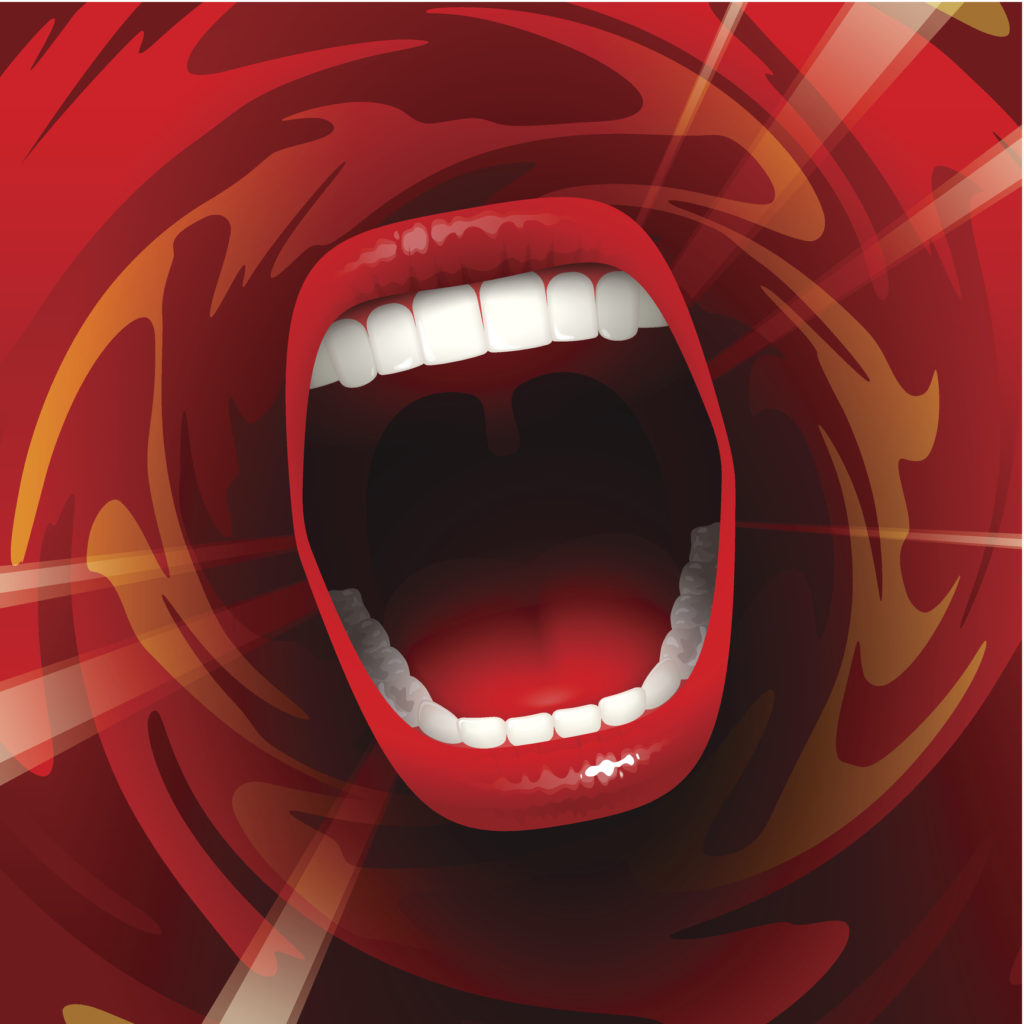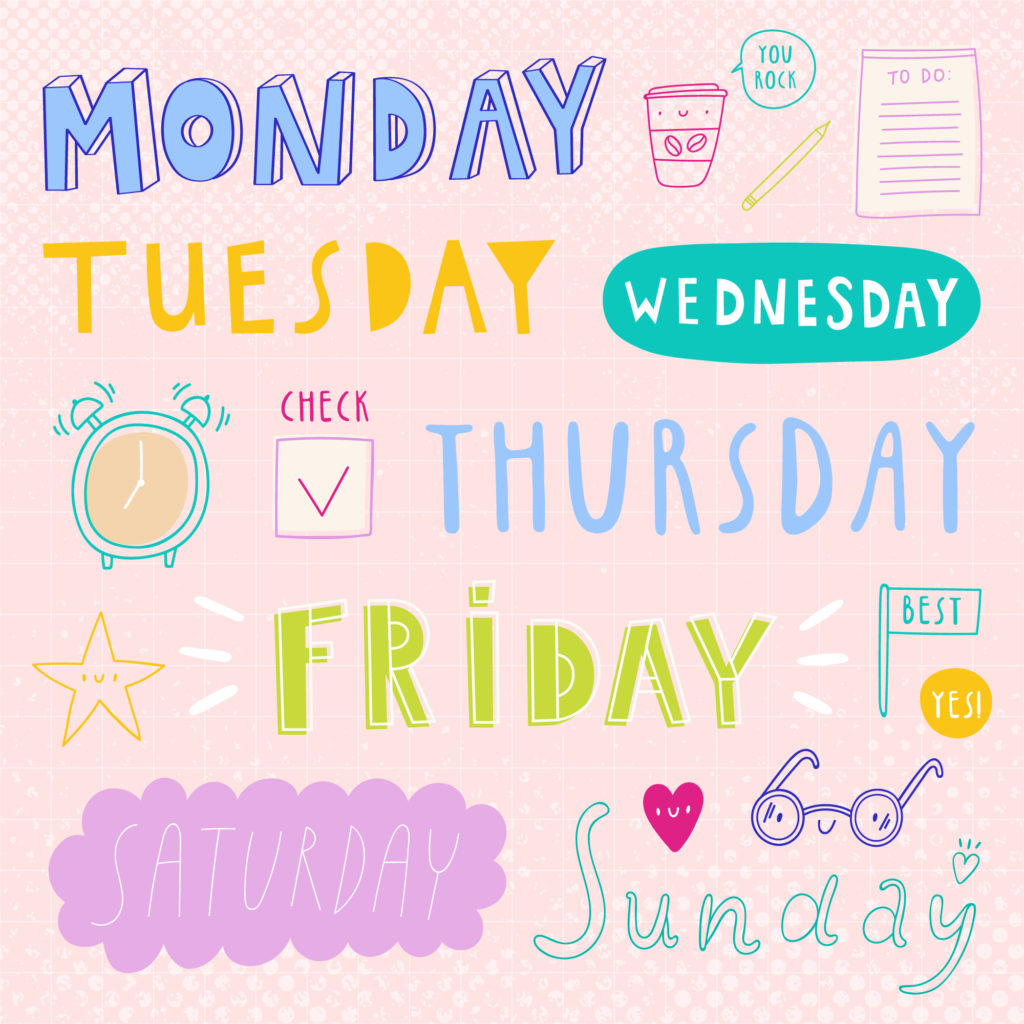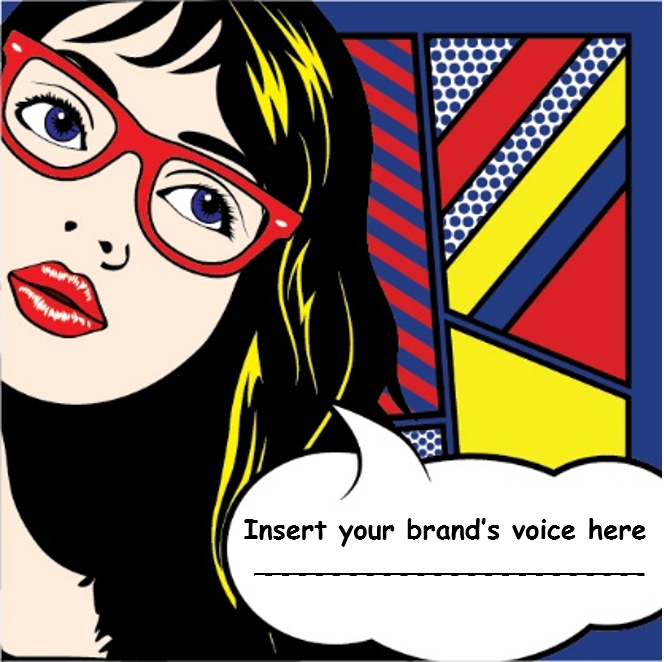
You hear the V-word bandied about a lot in radio circles. I’ll be on an NAB panel next month in Las Vegas, moderated by Inside Radio’s Paul Heine – “Fast-Tracking Audio’s Future” – that will discuss how the larger audio landscape and broadcast radio are mashing up. You can bet that “voice” will be on the agenda.
But let’s not confuse voice command technology – Amazon’s Alexa and the Google Home smart speakers – with brand voice. That’s the flavor, the vibe, the attitude that all radio stations must have in order to stand out and get noticed.
Interestingly, every station has a format, and many have a key personality or two. But that’s not the same as having a true voice – as unique as one’s fingerprints. When a station has a distinct voice, everything gets easier. The programming team and airstaff intuitively know what truly fits that station vibe. The sales staff has a solid sense of what the brand stands for – what works and what goes against the grain.
And the two most important constituencies for a radio station – the audience and the advertisers – also need to have a firm understanding of what the brand is all about.
It used to be that when you mentioned a station’s call letters, knowing it is the News Station or the Rock Station was sufficient. But in today’s more complex world of media brands and platforms, that all-important “voice” can be a key brand differentiator.
Entire firms of consultants and advisers have sprung up to help brands establish their “voice,” or assist them in the event they’ve lost their “voice.” UK-based Zazzle Media does just that. And in a recent article in The Drum, Content Manager Andrew Brookes writes about how most brands have  missed the mark when it comes to establishing its “tone of voice.”
missed the mark when it comes to establishing its “tone of voice.”
They’ve established a 6-question test to better help their agency connect with the brand essence of their clients. Here’s the test (and I have not changed the order in which they appear):
- If your brand were a radio station, which one would you be?
- Which TV station represents your brand?
- If your brand were a television programme, which one would you be?
- If your brand were a newspaper or magazine, which one would it be?
- Is there a famous person that sums up your brand?
- If your brand was a person, where would it choose to meet us?
Question #1 is obviously the one that got my attention. Zazzle’s thinking is that if you represent a food or consumer product brand, using media and celebrity analogies to help marketers better define their voice.
And that suggests – in the UK, at least – that many radio stations are already well-formed brands that know know their tone and essence. It’s fascinating to consider Zassle’s logic – that many radio brands are, in fact, lifestyle brands.
Here in the States, I’m not sure we could comfortably make that claim. To be sure, there are countless U.S. radio stations with prominent, distinctive voices. Chances are, these stations have been around for a while, they feature an important personality (or two), and they’re done their homework – focus groups, perceptual studies, S.W.O.T. analyses, and strategic brainstorms.
But many others have gotten hoarse, struggling over issues involving personnel losses, sales, and/or programming missteps.
That said, the “Zassle test” is an interesting one, derivative of some of the wisdom we associate with some of the best branding, marketing, and positioning minds. My thinking about building a strong brand voice has been largely shaped by three marketing gurus:
Harvard prof Clayton Christensen teaches you need to determine “the job” listeners hire your brand to do.
The brilliant speaker Simon Sinek, believes you need to “start with the why” of your brand.
And the acerbic and brilliant Seth Godin reminds us consumers buy “relations, stories, and magic.”
You cannot achieve any of these lofty goals if you don’t know your brand voice.
As a grizzled moderator of listener panels – focus groups, advisory boards, and one-on-one interviews – I’ve been through a number of these exercises where I ask respondents similar questions to the ones on Zassle list.
Including this one:
If your station was a day of the week, which one would it be?
It may seem silly (and I always feel a bit sheepish when I ask it), but you’d be surprised how many music brands are linked to Tuesday – often described as just another “meh” day of the week. Even Wednesday – “Hump Day” – would be better.
Then there are the brands linked to Thursday – often depicted as a good day, but not quite as appealing or fun as a weekend.
Not every station brand can be Saturday, but the music brands that achieve that goal are always positioned as escapist, fun, and energetic.
And some radio brands don’t aspire to be linked with the weekend. News/Talk and public radio stations, in particular, are much more satisfied with being Monday morning – the smart way to start the week.
Another favorite (remember I live in Detroit) is to ask respondents to equate stations to a car. You learn a lot when a group links your station to a Camry, a ’64 Mustang, or an Escalade.
As the Zassle team knows, brands have to answer these questions honestly. That’s because their result is often the determinant behind the type of advertising stations do – outdoor, direct mail – as well as the tone of on-air promos and positioners.
A station voice also translates to a station’s social media and digital content. Too often, brands are guilty of discordant social messaging that clashes with their true voice.
 Can a brand change its voice?
Can a brand change its voice?
Like altering your personality, it’s often an impossible task. And it’s why we frequently see stations attempt to shift their voice with a name change or re-branding. Assuming they’ve done their homework, it can be an effective tactic.
The process starts with asking questions.
Not “Who’s the concert authority?” or “Who plays too many bad songs along with the good ones?”
The best questions bring a station’s voice into focus.
That’s what leads to building great brands.
- Can Radio Afford To Miss The Short Videos Boat? - April 22, 2025
- Media And Technology In 2025: Believe It Or Not! - April 18, 2025
- In Radio, You Just Never Know - April 17, 2025




Leave a Reply